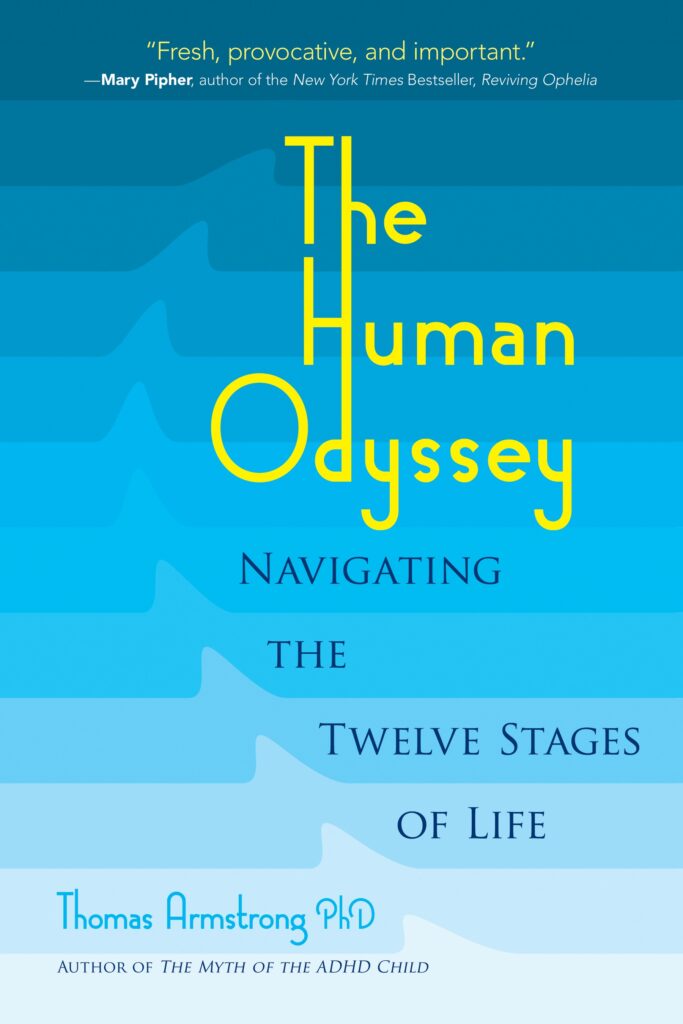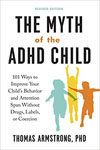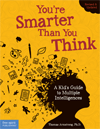 On the very day that he was inaugurated, January 20, 2025, President Donald Trump issued an executive order ”Reevaluating and Realigning United States Foreign Aid,” that effectively cut billions of dollars of aid that had been earmarked for international humanitarian efforts to combat HIV/AIDS, malaria, malnutrition, and other afflictions around the world. The order cut funding to programs like PEPFAR, the President’s Emergency Plan for AIDS Relief, and other health programs designed to provide medical care, food, shelter, sanitation, and education to millions of impoverished and displaced persons in over 150 countries worldwide. Although the Carnegie Endowment for International Peace recently reported that ” . . . [b]ehind the scenes, aid money was largely restored—for now,” citing leading global health expert Rachel Bonnifield who appears to admire much of Trump’s new strategy (what kind of hold does Trump have on them?), the facts reveal something entirely different. Here are some of the effects that have already occurred as a result of Trump’s inhumane executive order:
On the very day that he was inaugurated, January 20, 2025, President Donald Trump issued an executive order ”Reevaluating and Realigning United States Foreign Aid,” that effectively cut billions of dollars of aid that had been earmarked for international humanitarian efforts to combat HIV/AIDS, malaria, malnutrition, and other afflictions around the world. The order cut funding to programs like PEPFAR, the President’s Emergency Plan for AIDS Relief, and other health programs designed to provide medical care, food, shelter, sanitation, and education to millions of impoverished and displaced persons in over 150 countries worldwide. Although the Carnegie Endowment for International Peace recently reported that ” . . . [b]ehind the scenes, aid money was largely restored—for now,” citing leading global health expert Rachel Bonnifield who appears to admire much of Trump’s new strategy (what kind of hold does Trump have on them?), the facts reveal something entirely different. Here are some of the effects that have already occurred as a result of Trump’s inhumane executive order:
- In Kenya, 80% cuts to food rations have led to violence in refugee camps and human stampedes during food distribution killing several people;
- In Sudan, the World Health Organization estimates 5 million Sudanese people lost access to life-saving care due to the aid cuts in food and medical support; this in a country with rates of acute child malnutrition 10 times above the emergency threshold;
- In Malawi, refugees in the Dzaleka camp had their cash aid reduced by 50% leading to a sharp increase in human trafficking and sexual violence in the camp;
- In Angola, funding reductions to UN HIV-AIDS programs has led to their running out of Bioline test kits used to detect the spread of HIV.
These are just a few of the thousands of programs around the world that have been terminated, cut back, or disrupted as a result of the Trump administration’s executive order. Interestingly, one-third of Americans in a Kaiser Family Foundation poll thinks that the U.S. spends too much on foreign aid. The poll suggested that the average person believes the U.S. spends 31% of its funds on foreign aid, whereas the actual figure is closer to 1%. According to “Our World in Data,” American foreign aid from only five aid programs has saved about 3.2 million people each year.
The prestigious British medical journel The Lancet, estimates that the dissolution of USAID and the accompanying steep funding cuts could lead to more than 14 million additional deaths by 2030, averaging more than 2.4 million deaths per year. These deaths include 4.5 million among children younger than 5 years. Similarly, the New England Journal of Medicine suggests that “. . . [in] addition to pushing millions of people into poverty and leading to an estimated 160,000 or more avoidable child deaths each year, these reforms will undermine health and the economy in the United States. The United States runs the risk of losing the trust of many people in LMICs [Low- and Middle-Income Countries], which could jeopardize international relations.”
These sobering statistics may lead some Americans to feel despair or experience a sense of numbness in the face of these and other widespread malpractices engineered by Trump and his administration. However, there IS something we can do in the face of Trump’s intransigence, and that is stepping up to the plate and contributing to non-governmental organizations that provide humanitarian aid to the countries that are hurting because of the absence of U.S. aid. Here is a list of some of the agencies that especially need our help now that the American government has withdrawn its support from the world’s most needy citizens. Donations can be sent to the mail address or online as indicated in the link.
- Doctors Without Borders (Medicins Sans Frontieres) – P.O. Box 5022, Hagerstown, MD 21741-9804 – https://give.doctorswithoutborders.org/
- International Rescue Committee – 122 East 42nd Street, New York, NY 10168 – https://rescue.org/rush.
- UN World Food Program USA – P.O. Box 96316 – https://donate.wfpusa.org/.
- Human Rights Watch – 350 Fifth Avenue, 34th Floor, New York, NY 10118-3299 – https://donate.hrw.org.
- USA for UNHCR (The UN Refugee Agency) – 1310 L. Street NW, Suite 450, Washington, DC 20005-4383. https://www.unrefugees.org.
- UNICEF USA (United Nations Childrens Fund) – 125 Maiden Lane, New York, NY 10038, https://www.unicefusa.org/.
- CARE USA – 151 Ellis Street NE, Atlanta, GA 30303-2440 – https://www.care.org/.
I just donated to each of these organizations. Now it’s your turn!



















Thank you Dr . Armstrong!